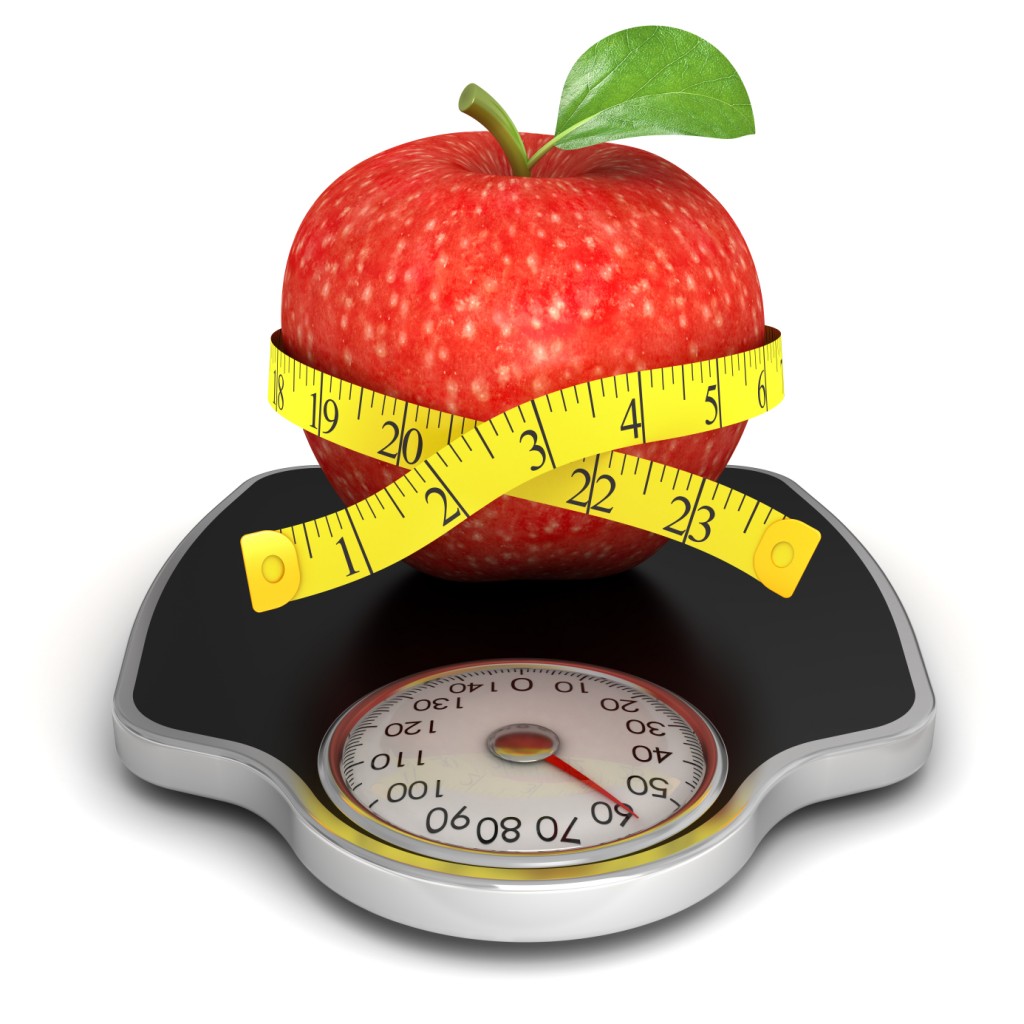
Diabetic Food Exchange
Summary
Diabetic food exchange is a food categorizing system to make meal planning easier for people with diabetes. The system groups foods according to their nutritional values, helping diabetic individuals eat carbohydrate-consistent, nutritionally balanced meals to achieve glucose (blood sugar) control and overall heath.
The American Diabetes Association and the American Dietetic Association devised the method. It categorizes foods into three groups based on carbohydrate content:
- Carbohydrate group
- Meat and meat substitute group
- Fat group
In addition, foods can be categorized into six groups based on their nutritional value:
- Starch / bread
- Fruit
- Milk
- Vegetables
- Meat and meat substitutes
- Fat
Each exchange (serving) of food within a food group has roughly the same amount of carbohydrates. The amounts of protein, fat and calories can vary. Patients on special diets can use these food groups to swap foods within the same list knowing that each food will have roughly the same effect on their glucose level.
About diabetic food exchange
Diabetic food exchange is a method of categorizing foods into groups that share similar carbohydrate content. Calories, protein content and fat content can vary. This can aid people with diabetes in planning a variety of well-balanced meals that help keep glucose (blood sugar) levels in the normal range.
Established by the American Diabetes Association and the American Dietetic Association, the system categorizes foods into the following groups according to their carbohydrate content:
- Carbohydrates
- Starches / breads
- Fruits
- Milk
- Other carbohydrates
- Nonstarchy vegetables
- Meat and meat substitutes
- Very lean
- Lean
- Medium fat
- High fat
- Fat (includes monounsaturated, polyunsaturated and saturated)
Patients with diabetes can choose items on a food list knowing they are consuming a specific amount of carbohydrates, protein, fat and calories. In this way, patients may substitute certain foods in their diet for other foods from the same list.
Most foods are permitted as part of the exchange diet, as long as they are consumed within certain portion limitations and servings per day. Patients should work with their physician and a registered dietitian to design their meal plan. The ideal plan incorporates a variety of foods from the various food groups and lists an appropriate number of exchanges for three meals and two or three snacks each day.
Types and differences
Diabetic food exchange lists allow patients to build a well-balanced diet that offers a variety of choices. The foods that make up these lists are divided into several categories, and any item within a category can be substituted for another food on that list.
The number and kind of exchanges that people can have at each meal will be determined by their physician and registered dietitian. The patient's age, sex, weight, height, consistent activity levels and personal eating styles will all be considered.
Exchanges vs. carb counting
People with diabetes should plan their diet in consultation with a physician and a registered dietitian. Once a meal plan has been established, the primary methods that patients use to keep track of their carbohydrates are diabetic food exchange lists or carbohydrate ( "carb") counting.
There are pros and cons to each method. Diabetic food exchanges offer patients a simple way to plan a balanced diet with a variety of choices, while at the same time ensuring proper consumption of carbohydrates. They are likely to appeal to patients who like structure built into their meal planning.
On the other hand, some may find the range of choices in exchange lists to be too limiting. This is especially true for those who like to experiment with cooking, although many diabetic cookbooks break recipes down into the number of exchanges in a portion.
The method of carb counting is used to calculate the amount of insulin needed to convert a meal to energy. This is done by adding the amount of carbohydrates – in grams – within the meal a patient is preparing to eat. The numbers added come from the carbohydrate column of the list of diabetic exchanges.
Meanwhile, people who use carbohydrate counting can experiment with more varied food types and often find it more flexible than diabetic exchanges. However, patients who use this method instead of diabetic food exchange need to be more vigilant in planning well-balanced meals. Carbohydrate counting also involves math, which may be a drawback for some. For more information on carb counting, see carbohydrates.
Other methods that some people use include the glycemic index and load, the diabetes food pyramid and the "rate your plate" system.
Questions for your doctor
Preparing questions in advance can help patients have more meaningful discussions with their healthcare providers regarding their conditions. Patients may wish to ask their doctor the following questions about diabetic food exchange:
Which method is best for me to use: the exchange list or carb counting?
Can either method be used with my favorite recipes?
Does carb counting have more flexibility for me as compared to exchange lists?
If I incorrectly use the carb counting method and accidentally take too much insulin, what should I do?
What should I do if I take too little insulin?
I notice all meats are grouped into one category. Does that mean that they are all equal?
I notice three forms of milk are grouped into one category. Does that mean they are all equivalent to each other?
How are "natural" sugars like those found in fruits different than the refined sugar that is added to desserts?
Should I include or avoid the other carbohydrates category?
Will you help me find a qualified dietitian to help explain my diet guidelines?
What other resources are available for me to learn about diabetes exchanges?

